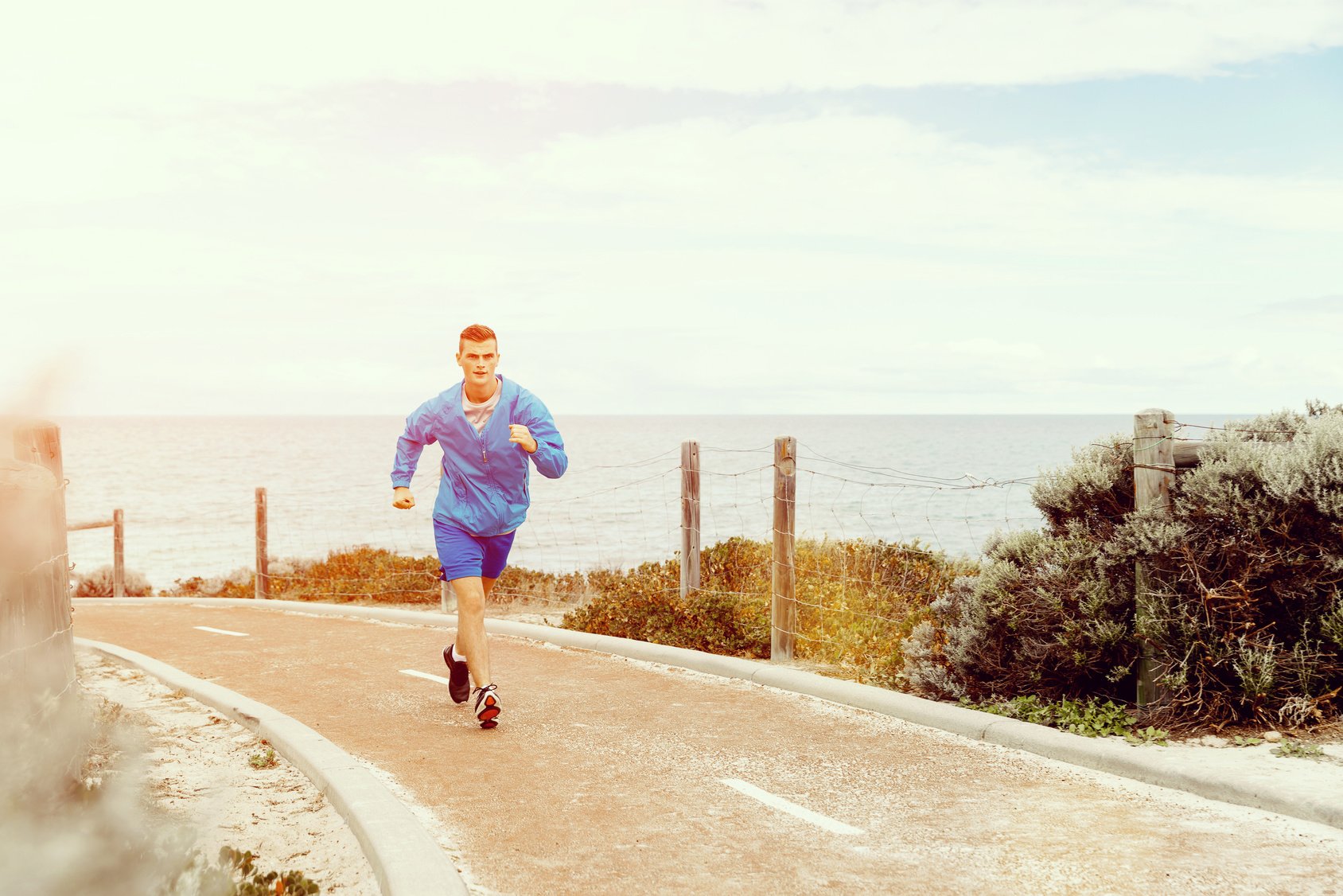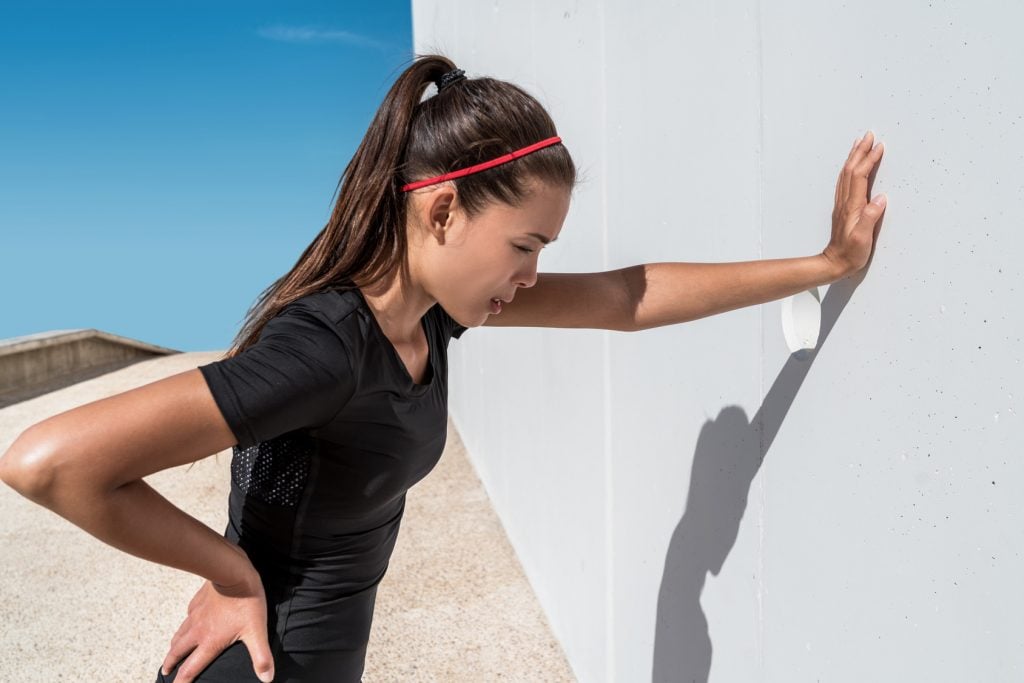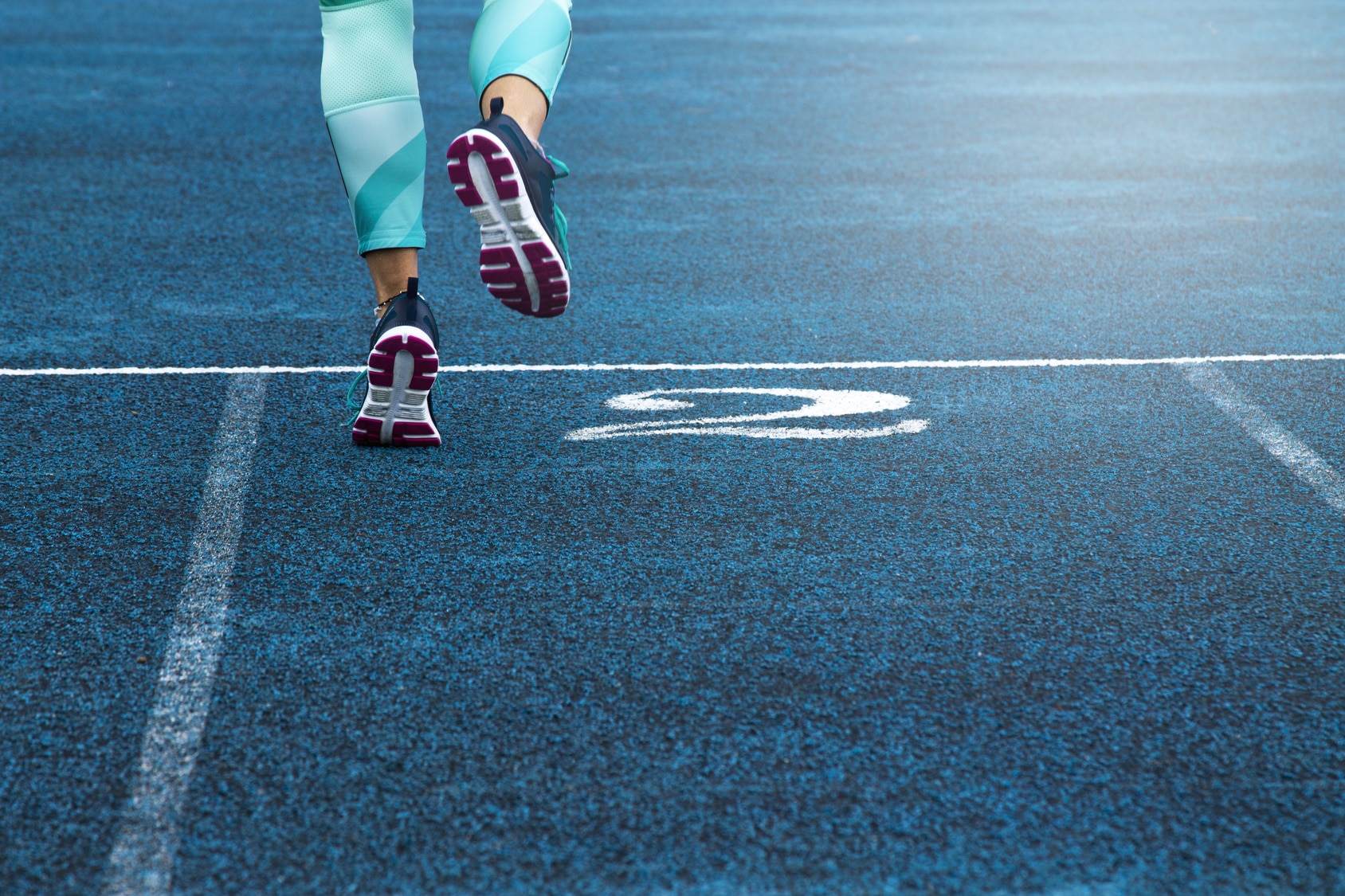Looking for the best IT band stretches? You’ve landed in the right spot.
If you’ve ever felt that nagging pain on the outside of your knee after a run, you know exactly what I’m talking about. That pesky IT band, a vital piece of connective tissue running from your hip down to your knee, is crucial for stabilizing your leg during your runs but can be a real pain—literally—when it gets tight or inflamed.
IT band syndrome can knock you off your running game for weeks or even months if it gets bad enough. But don’t throw in the towel just yet! If this sounds all too familiar, it’s probably time to give your IT band some TLC with some stretching.
That’s why we’re here today. I’m pumped to share some IT band stretching tips and exercises that have been game-changers for me. By weaving these into your daily routine, you can boost your IT band’s flexibility, dodge those injuries, and keep hitting the pavement (or trail) with a smile.
Ready to kick IT band pain to the curb? Let’s dive in and get those stretches going.
Understanding the IT Band in Running
Adding ‘syndrome’ to any condition pretty much throws up a big, bold “complicated” sign. And let me tell you, in the runner’s universe, IT band syndrome (ITBS) is the ultimate conundrum, kind of like a complex puzzle that keeps you guessing.
Some experts argue it’s all about overuse, while others point fingers at incorrect form. The real deal? It’s a unique mix for every runner out there. It’s not just a one-size-fits-all issue; it’s more about piecing together a personal puzzle where every piece represents your running habits, form, and even your recovery methods.
To get a clearer picture, let’s zoom in on the anatomy of the iliotibial band itself
This band isn’t just another part of your body—it’s a vital player in the movement and stability of your lower limbs. The IT band consists of thick, fibrous strip that runs down the outside of your thigh. It starts from the iliac crest at the hip (the ileum), travels down the side of your thigh, and anchors just below the knee at the tibia.
What’s more?
The IT band isn’t just any tissue; it’s made of the same resilient fibers that forge our tendons and ligaments, making it a formidable force.
But here’s the kicker: unlike the muscles in our legs that contract and relax, the IT band’s tough nature makes it one of the body’s most robust structures, ready to withstand the miles but this also makes it prone to tightness, inflammation, and eventually, injury.
Functions Of The IT Band While Logging The Miles
Logging serious miles every week? Then you should wrap your head around the functions of your IT band to fully appreciate its significance and how to care for it. Having experienced this process was a game-changer for me. I began to see my IT band not just as a potential source of pain but as a key player in my performance and how much I enjoy logging the miles.
Let me break it down for you:
Stability:
While running, your IT band’s primary job is to keep your knee stable and ensure everything in your leg moves as it should. Each time your foot hits the ground, your IT band is there, preventing your knee from wobbling too much or straying from its path.
Shock Absorption:
Running isn’t just about moving forward; it’s also about dealing with the forces that come with it. Here, the IT band steps in to soften the blows. With every step, a shockwave travels up your leg, and the IT band helps to reduce this impact, easing some of the brunt on your joints.
Hip Movement:
The IT band plays a crucial role regulating the movement of your hips. It assists in hip abduction, which is just a fancy way of saying it helps move your leg away from your body. This movement is a key part of your stride, allowing you to propel forward with efficiency and power.
Common IT Band Issues for Runners
Given its key role while running, the IT band is a body structure that gets used and abused a lot. This results in more than a few nagging injuries—the most notorious one is what’s known as IT band syndrome.
IT Band Syndrome (ITBS):
ITBS is an overuse injury that manifests when the IT band, overstressed and tight, starts rubbing against the bone, leading to inflammation.
The iliotibial band syndrome is a a common, and infamous, overuse injury that can stop any runner in their track. The continuous bending and extending of your knee while logging the miles can tighten up your IT band, causing friction against your knee. Overtime, this rubbing leads to swelling which can cause knee pain and other issues.
The main culprits? Often, it’s a mix of too much too soon, running on uneven terrain, not enough stretching, or imbalances in muscle strength around the hip and thigh. My own battle with this condition taught me resilience, the importance of listening to the whispers of discomfort before they crescendo into cries of pain.
Here are the main symptoms to watch for:
- Pain on the Outside of the Knee: The signature of ITBS is a sharp or burning sensation on the lateral side of the knee, which might also trek up the thigh.
- Pain During Activity: This discomfort often shows up during a run or any knee-bending activities but fades at rest.
- Swelling: Some runners might notice swelling at the friction hotspot, where the IT band meets the knee.
Beyond ITBS: Other IT Band Issues:
ITBS isn’t the only challenge runners face due to IT band dysfunction. Here are a couple more hurdles:
- Hip Pain: The IT band’s connection to the hip means tightness can also manifest as hip discomfort, making it a broader issue than just knee pain.
- Snapping Hip Syndrome: For some, a tight IT band pulls a disappearing act, only to reappear with a snap as it flicks over the hip joint during movement.
The Importance of IT Band Stretching for Runners
Let’s dive into the benefits of making IT band stretching a regular pit stop in your training regimen.
- Injury Prevention. As far as I can tell, regular stretching is the go-to strategy for protecting against the notorious IT band syndrome. A supple IT band is less prone to the tightness that sparks inflammation and pain.
- Pain Reduction. Already familiar with IT band pain? Then regular stretching should help you ease the tightness and reduce the friction at those critical contact points—knee or hip. This, as you can tell, can turn down the volume on pain.
- Improved Flexibility. Like oiling a chain, a limber IT band ensures smoother leg movement and a more efficient running form. This boost in flexibility translates into improved performance, especially the longer you run where endurance and consistent form are key.
- Enhanced Recovery. After pushing your limits on a run, stretching your IT band can be the cooldown your body craves. It helps ease the stiffness and soreness that often tag along after intense efforts, helping you bounce back faster.
How to Know If Your IT Band is Tight
Detecting tightness in your IT band before it escalates into a full-blown issue is like catching a small pebble in your shoe mid-run—it’s much easier to deal with early on.
Here are the telltale signs that your IT band might be tightening up:
Pain Along the IT Band:
If you notice a nagging tenderness or ache along the side of your thigh, especially post-long run, it’s a red flag signaling IT band tightness.
This discomfort might also make guest appearances during activities like cycling, stair climbing, or even squatting, hinting that it’s time to focus on flexibility.
Knee Pain:
Specifically, if the pain camps out on the outside of your knee during or after your runs, it could be your IT band sending out an SOS. This pain often starts as a whim of discomfort before escalating into a debilitating pain.
Snapping or Popping Sensation:
Have you ever experienced a weird snapping or popping feeling on the outside of your knee or hip while moving? That’s not just your body making random noises; it’s like your IT band is sending out an SOS signal, telling you it’s way too tight and needs some attention.
The Flexibility Checkpoint
When it comes to understanding the state of your IT band, one of the clearest indicators can be found through testing its flexibility. Don’t worry; this doesn’t mean you need to
Here’s a step-by-step guide to conducting a simple stretch test that can help you determine the state of your IT band flexibility:
Step 1: Stand Tall
Begin by standing straight and tall. Imagine there’s a string attached to the crown of your head, gently pulling you upwards. This visualization helps you achieve the correct posture for the test, ensuring your spine is aligned and your body is ready for the stretch.
Step 2: Cross and Bend
To assess the right IT band, cross your right leg behind your left. If you’re checking the left IT band, simply do the reverse. After crossing one leg behind the other, gently lean to the opposite side. For the right IT band, lean to your left side. The lean should be smooth and controlled, aiming to create a stretching sensation along the outer thigh of the crossed leg.
Step 3: Feel the Stretch
The most crucial part of this test is tuning into your body’s feedback. As you lean and stretch, pay attention to the sensations along the outside of your thigh. A feeling of tightness or discomfort is your body’s way of signaling that your IT band could benefit from regular stretching.
The IT Band Stretches Every Runner Needs
Without further ado, here are my favorite IT band stretches to work into your routine.
Standing IT Band Stretch
Position: Stand straight near a wall for balance. Cross your left leg over your right leg.
Stretch: While keeping both feet on the ground, lean to your left side until you feel a stretch along the outside of your right thigh. Extend your right arm over your head to enhance the stretch.
Duration: Hold this position for 20-30 seconds.
Repeat: Return to the starting position and switch sides to ensure balance in flexibility.
Focus: Keep your spine elongated and avoid bending forward. The stretch should target the outer thigh and hip.
Cross-Legged IT Band Stretch
Position: Sit on the floor with your legs extended in front of you.
Stretch: Cross your right leg over your left leg, placing your right foot flat on the floor. Twist your torso to the right, placing your left elbow on the outside of your right knee.
Duration: Hold for 20-30 seconds, feeling the stretch on the outside of your right hip.
Repeat: Perform the stretch on the opposite side to maintain symmetry.
Focus: Keep your back straight and gently press against your knee to deepen the stretch.
IT Band Foam Roller Stretch
Position: Place a foam roller on the ground and lie on your side with the roller under your hip.
Stretch: Slowly roll down from your hip to your knee and back, focusing pressure on the IT band.
Duration: Spend 1-2 minutes on each side.
Adjustment: Control the pressure using your arms and the opposite leg. Pause on tight spots for a few seconds.
Focus: This method aims to relieve tightness through self-myofascial release.
Side-lying IT Band Stretch
Position: Lie on your side with both legs straight, the leg to be stretched on top.
Stretch: Holding your ankle, gently pull the heel towards your buttocks, keeping your knee aligned with your body. Push your hip forward to enhance the stretch.
Duration: Hold for 20-30 seconds.
Repeat: Switch sides to ensure even flexibility.
Focus: Maintain spinal alignment and control the movement for a focused stretch along the outer thigh.
Incorporating IT Band Stretches into Your Running Routine
Making these IT band stretches a staple before and after your runs can significantly contribute to injury prevention and enhance your flexibility. I’d recommend that you focus on post-run stretching when your muscles are warm and more receptive to flexibility work.
As I share these insights and stretches, I do so with the hope that they serve as beacons for fellow runners navigating the challenges of IT band syndrome. It’s a journey that requires patience, understanding, and a dash of humor.










